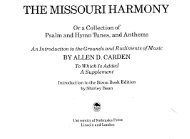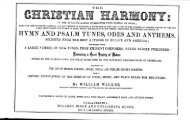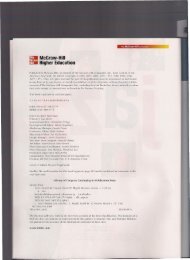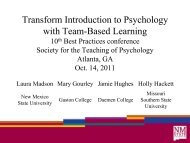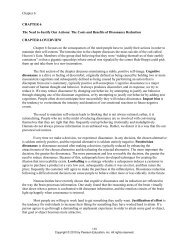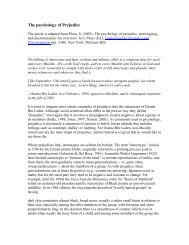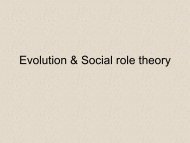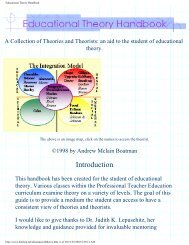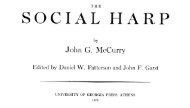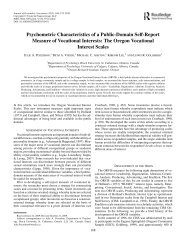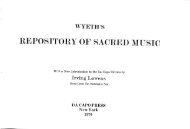Attitudes and Attitude Change CHAPTER 7 Attitudes and Attitude ...
Attitudes and Attitude Change CHAPTER 7 Attitudes and Attitude ...
Attitudes and Attitude Change CHAPTER 7 Attitudes and Attitude ...
Create successful ePaper yourself
Turn your PDF publications into a flip-book with our unique Google optimized e-Paper software.
170<br />
Copyright © 2010 by Pearson Education, inc. All rights reserved.<br />
<strong><strong>Attitude</strong>s</strong> <strong>and</strong> <strong>Attitude</strong> <strong>Change</strong><br />
influenced by message content <strong>and</strong> when they will be more influenced by superficial<br />
characteristics of the message.<br />
• Both theories state that under certain conditions, people are motivated to pay attention to <strong>and</strong><br />
think about (elaborate on) the facts in a message. Under other conditions, people are not<br />
motivated to pay attention to the facts a message presents <strong>and</strong> only attend to superficial<br />
characteristics.<br />
• More specifically, the elaboration likelihood model states that there are two ways in which<br />
persuasive communications can cause attitude change. The central route to persuasion is the<br />
case whereby people elaborate on a persuasive communication, listening carefully to <strong>and</strong> thinking<br />
about the arguments; this occurs when people have both the ability <strong>and</strong> the motivation to listen<br />
carefully to a communication. The peripheral route to persuasion is the case whereby people do<br />
not elaborate on the arguments in a persuasive communication but are instead swayed by<br />
peripheral cues or surface characteristics (e.g., who gave the speech).<br />
• The audience’s motivation to listen <strong>and</strong> ability to listen determine which route they will take<br />
(Figure 7.3, p. 186).<br />
2. The Motivation to Pay Attention to the Arguments<br />
• The personal relevance of a message influences motivation; thus, when a message is relevant,<br />
the amount of persuasion depends on argument quality.<br />
• Petty, Cacioppo, & Goldman (1981) had students listen to a persuasive message advocating a<br />
senior comprehensive exam. Personal relevance was manipulated by saying that the exam was<br />
considered for next year or for ten years hence. Also, the message contained either strong or weak<br />
arguments <strong>and</strong> was presented by either a high or low prestige source. They found that under high<br />
relevance, people were more influenced by strong than by weak arguments, regardless of source<br />
prestige; while under low relevance, people were influenced by the prestige of the speaker more<br />
than by the quality of the arguments (Figure 7.4, p. 187).<br />
• People’s motivation to listen carefully to message content may also depend on their level of<br />
need for cognition, the extent to which they seek out <strong>and</strong> think about information in their social<br />
worlds.<br />
3. The Ability to Pay Attention to the Arguments<br />
• People’s ability to attend to message content may be influenced by tiredness, outside distracters,<br />
or by the complexity of the message.<br />
4. How to Achieve Long-Lasting <strong>Attitude</strong> <strong>Change</strong><br />
• <strong>Attitude</strong> change will be more long-lasting if it occurs through the central route; thus develop<br />
strong arguments <strong>and</strong> get people to think about them by making the issue personally relevant.<br />
F. Emotion <strong>and</strong> <strong>Attitude</strong> <strong>Change</strong><br />
• In order to get people to use the central processing route, you need to get their attention. This can be<br />
done by playing to their emotions.<br />
1. Fear-Arousing Communications<br />
• Fear-arousing communications are persuasive messages that attempt to change people’s<br />
attitudes by arousing their fears. They are most effective if they induce a moderate amount of fear<br />
<strong>and</strong> if people believe that listening to the message will provide them with actions they can take to<br />
reduce this fear. If the message is too scary or not scary enough, it will fail (Figure 7.5, p. 190).<br />
2. Emotion as a Heuristic<br />
• Chaiken’s heuristic-systematic model of persuasion states that there are two ways in which<br />
persuasive communications can cause attitude change; people either systematically process the<br />
merits of the arguments, or they use mental shortcuts (heuristics). Thus when people take the<br />
peripheral route to persuasion they often use heuristics, e.g., “(Message) length equals strength”<br />
or “Experts are always right.”<br />
• Emotions <strong>and</strong> moods themselves can be used as a heuristic; we ask ourselves “How do I feel<br />
about it?” <strong>and</strong> if we feel good, we infer we have a positive attitude. This can get us into trouble if



